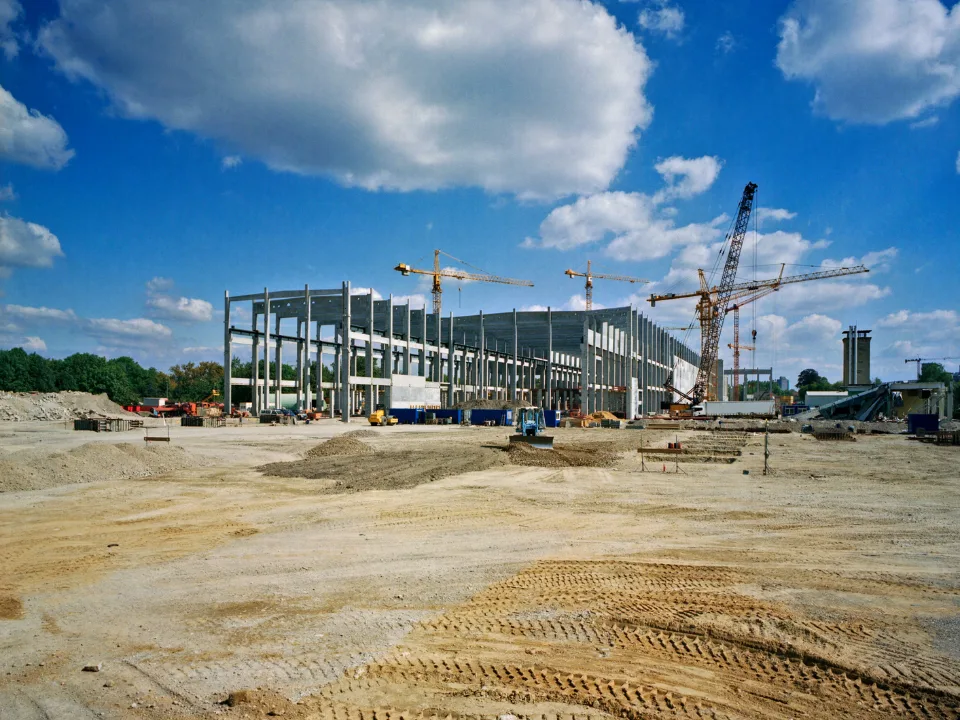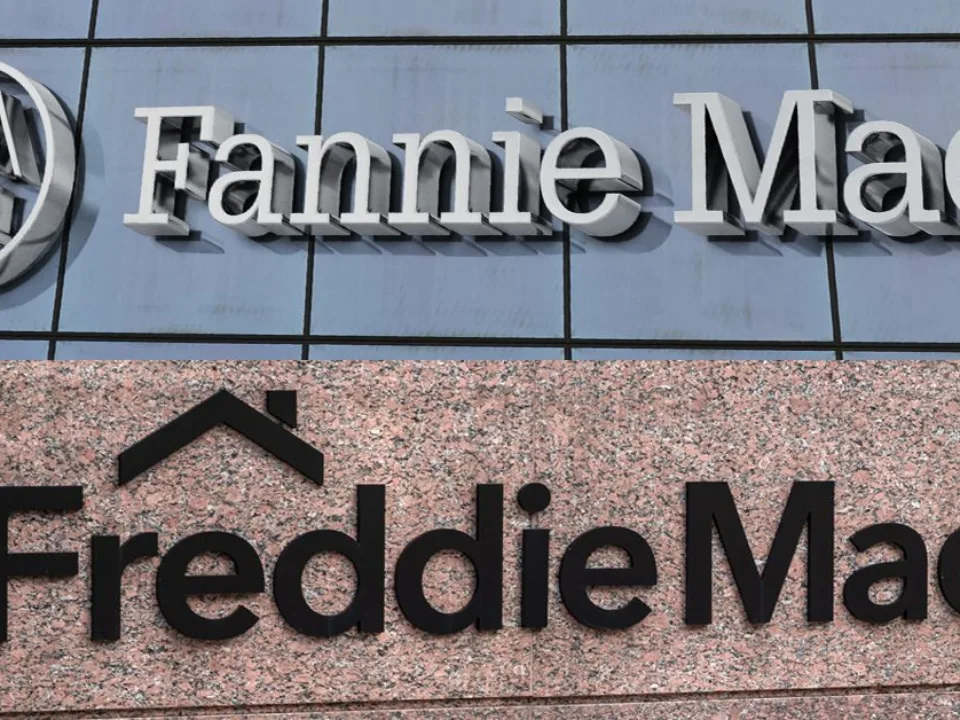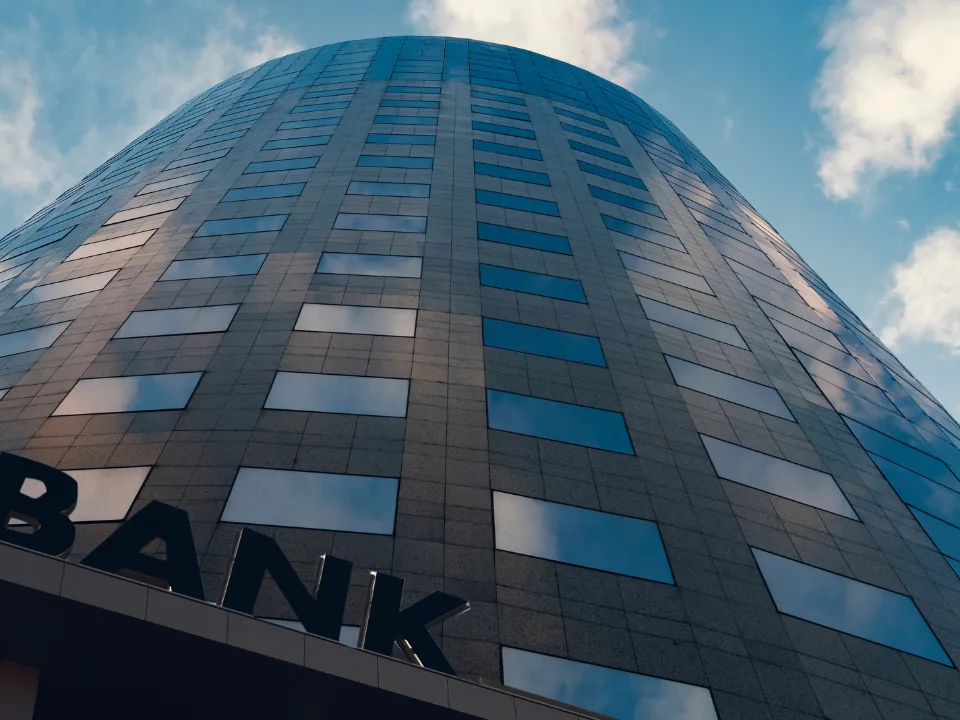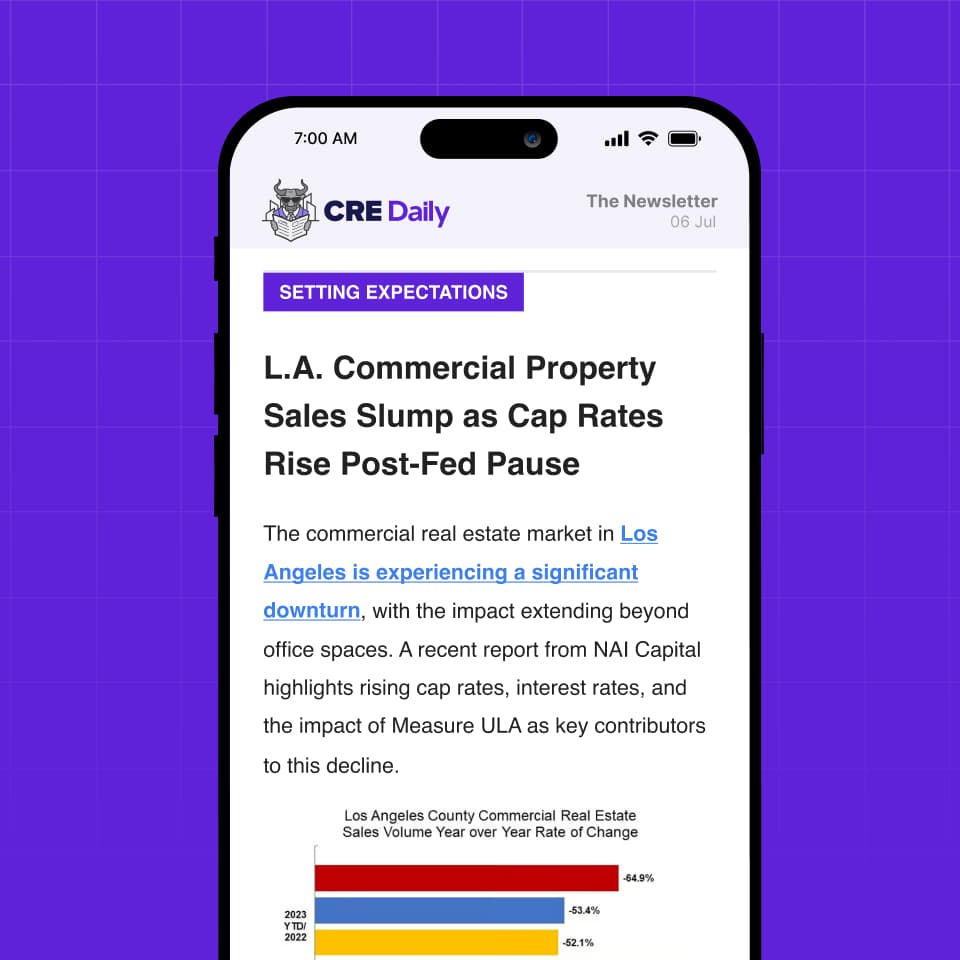- Major multifamily REITs, including AvalonBay, Camden, MAA, UDR, and Essex, are planning significant development activity in 2025.
- While private developers struggle with capital access, REITs benefit from stronger liquidity and balance sheets.
- Tariff risks and construction costs remain a concern, but REITs see opportunity in limited future competition.
Shovel-Ready Strategy
While private developers struggle to assemble capital amid investor caution, public REITs are taking advantage of the environment. With ample liquidity and low leverage ratios, firms like AvalonBay, Camden Property Trust, and MAA are positioning to launch new projects this year—timing their deliveries to hit the market when new supply will be limited in 2027, per Multifamily Dive.
Top Developers to Watch
- AvalonBay Communities plans to start $1.6B in new developments this year, focusing on the Sun Belt and California markets. The REIT is targeting 6%+ yields, particularly in under-supplied West Coast areas.
- Camden Property Trust has a wide-ranging outlook, expecting $175M to $675M in starts depending on mid-year market confidence, also aiming for 6% yields.
- MAA (Mid-America Apartment Communities) is pursuing three to four new developments in 2025, following five in 2024, calling development “one of the best uses of capital” right now.
- UDR is targeting two to three starts this year with expected yields in the high 5% to 6% range, with more projects potentially ready in the next 12 months.
- Essex Property Trust is returning to the development arena for the first time since 2019 with a $75M project at Oyster Point in San Francisco, forecasting mid-to-high 5% cap rates.
Get Smarter about what matters in CRE
Stay ahead of trends in commercial real estate with CRE Daily – the free newsletter delivering everything you need to start your day in just 5-minutes
Still on the Sidelines
Not all major players are jumping in. Equity Residential is taking a cautious approach and has not committed to new development starts in 2025, citing challenges in achieving appealing returns.
Why It Matters
With limited new supply expected in the coming years and demand for rental housing still high in key markets, REITs are betting that today’s construction starts will pay off by the time buildings deliver in 2027. Their access to capital and strategic timing may give them a significant edge over capital-constrained private developers.
What’s Next
Despite uncertainties tied to construction costs and potential tariff impacts, REITs appear poised to reassert their role as dominant multifamily builders. With fewer projects in the pipeline nationwide, the companies building today could be well-positioned to capitalize on rent growth and limited competition in the near future.














